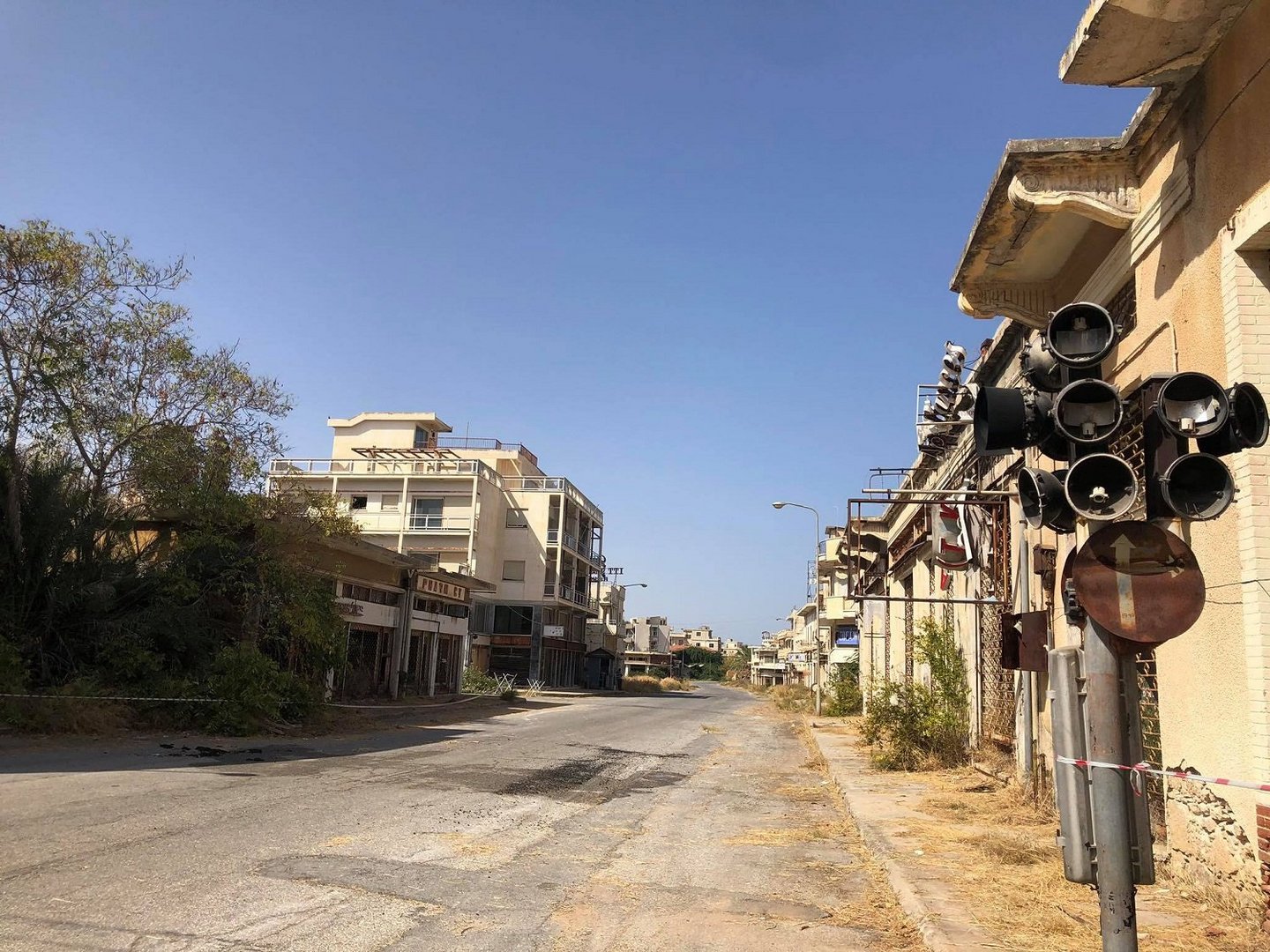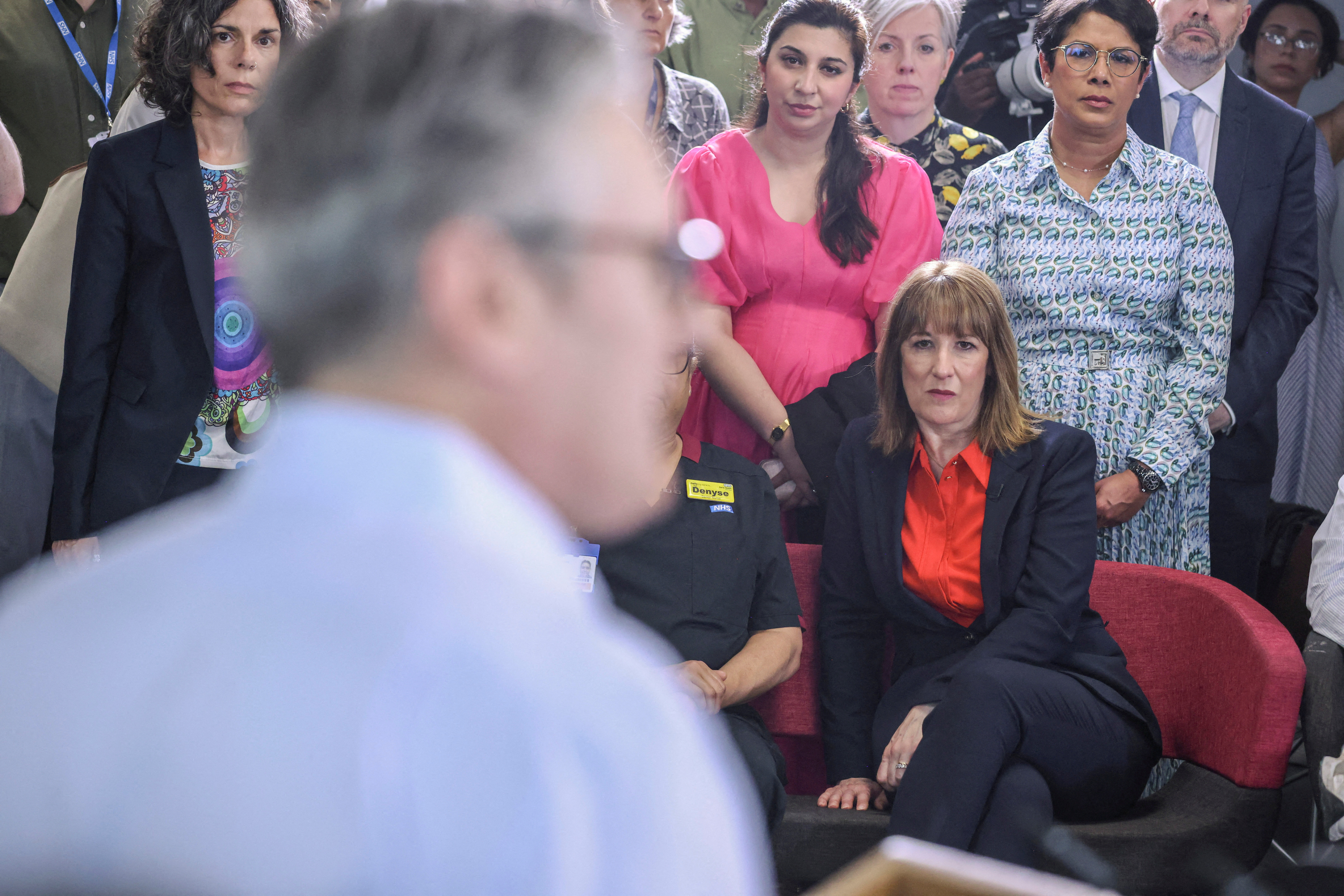NOW, if we are to believe the ever-changing ideas of President Anastasiades, the way forward on the Cyprus problem is discussion and agreement on confidence-building measures. This was his proposal at the Geneva conference in April and it has become his mantra ever since.
After Thursday’s teleconference with Ersin Tatar, to rubber-stamp the opening of all the crossing points, the government spokesman said the president was ready to meet with Tatar “to discuss confidence-building measures he has proposed and which relate to the fenced area of Famagusta, Tymbou airport and Famagusta port, as well as the Cyprus problem in general and its solution through negotiations.” It is interesting to note how the solution was mentioned like an afterthought.
The idea of the confidence-building measures, which we came to refer to as CBMs, were first introduced into the Cyprus problem vocabulary in the early ‘90s by the then UN Secretary-General Boutros Boutros-Ghali and were savaged by both sides. Rauf Denktash opposed anything that could break the ice between the two sides, while the Greek Cypriot parties – apart from then president George Vassiliou – slammed the measures as they would divert attention away from the substance of the problem.
No measures were agreed back then, but they have been with us, on and off ever since. Ironically, by far the most ground-breaking CBM was introduced unilaterally by the Turkish Cypriot side in 2003. Without any negotiations between the two sides, the north announced it would allow Greek Cypriots to cross over. Many more crossing points were subsequently opened, bringing into contact people from the two communities after 30 years of complete separation.
It was the one and only breakthrough in Cyprus problem and a genuine confidence-building measure as it allowed ordinary people from both sides to come together, move around, work and holiday on the other side without a single major incident or problem. People crossing to the other side and mixing socially became part of Cyprus life, regardless of what the politicians were saying.
Friday’s reopening of all the crossings, after their 15-month closure because of the pandemic, was the only realistic CBM that could be implemented in current conditions, even though UN Secretary-General Antonio Guterres has also brought up the need for measures in his recent reports. It was probably the only thing that could lead to some progress, given the chasm separating the two sides, even though it is very doubtful he had the same CBMs Anastasiades had in mind, that the Turkish side would never agree to.
After all the fanfare made by the Turkish Cypriots about reopening the fenced area of Varosha and President Erdogan’s visit to the area, it is extremely unlikely they would agree to Anastasiades’ proposal of handing it over to the UN. Of course, the president has to be seen making an effort at preventing the reopening because he does not want to be debited with the loss of Varosha. This might be delayed a little because of some pressure by the international community, but without a settlement it will happen.
How realistic is it to believe the Turks would hand over to the UN something that they hold in exchange for the Cyprus government giving the go-ahead to direct flights into Tymbou airport? A similar CBM was proposed by Tassos Papadopoulos, who had no interest in a settlement, after the rejection of the Annan plan. The idea was that the Greek Cypriot side could get something back, without having to agree a settlement that Papadopoulos did not want. Anastasiades’ thinking, we suspect, is along the same lines. He has after all recruited his rejectionist predecessor’s hard-line, right-hand man as an advisor on the Cyprus problem.
The proposal of CBMs that have no chance of being implemented is just another ploy by Anastasiades. He wants to appease a section of the Greek Cypriot population that wants a settlement, by creating the impression that he is doing something, while in reality allowing things to drift towards the two-state solution, which Tatar and Turkey are now insisting is the only solution they will discuss. Although he pays lip service to a federal settlement, it is no secret that in private Anastasiades also supports partition, but he does not have the courage to say so openly, which is why Famagusta will also be lost.
There is no way the Turks will return Famagusta under UN administration as part of the confidence-building measures Anastasiades is proposing. But they most probably would return it to the Greek Cypriots if there was an agreement on their two-state proposal. This the choice now facing Anastasiades but he will carry on with the CBM tactic, so he does not have to make a choice. Partition will arrive without the Greek Cypriots securing anything in exchange, because the president was intent on playing communications games.







Click here to change your cookie preferences